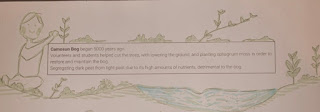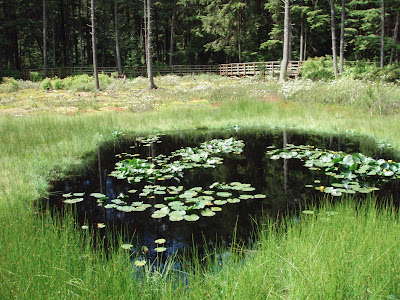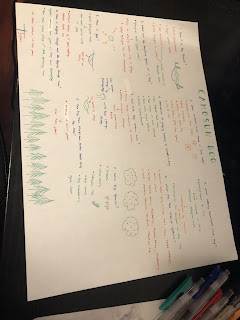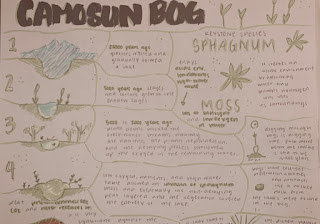Camosun Bog Restoration assignment -st
5000 years ago, the Camosun Bog formed when a heavy block of ice created a depression in the land. Initially, it was a lake but over time it turned into a swamp and finally to a bog. In 1929, the City of Vancouver added drains because housing was intruding the area which made the bog really dry. Hemlock trees started growing in the area and were taken down in 1991. To help improve the bog conditions, sphagnum moss was planted. Volunteers from schools came to help restore the bog and without them, the bog would not be what it is today. The Camosun Bog is quite important for the Musqueam people To Western people, they thought the bogs were unusable and had no meaning; however, to Musqueam people, the bog was important to them because it was part of their history. Grant states that draining a bog is essentially erasing the "evidence of the story Musqueam." and when a bog is completely drained it is removing all evidence of Indigenous people. They are unable to tell where...



